The Truth Behind the Moon Landings: Debunking the Myths
Written on
Chapter 1: Introduction to Lunar Conspiracy Theories
The question of whether the United States faked the Moon landings frequently arises, prompting me to address this topic once more. Despite my previous resolutions to refrain from discussing it, the inquiries persist, leading me to compose this comprehensive article.

Proponents of lunar conspiracy theories often suggest that the Moon landings were staged, a notion that lacks credibility. The overwhelming consensus among physicists, rocket scientists, and the broader scientific community is that there has never been any genuine attempt to fabricate a lunar mission, whether manned or unmanned. The very premise of such a deception is preposterous and likely stems from a misunderstanding of the complexities involved in the space industry and scientific endeavors.
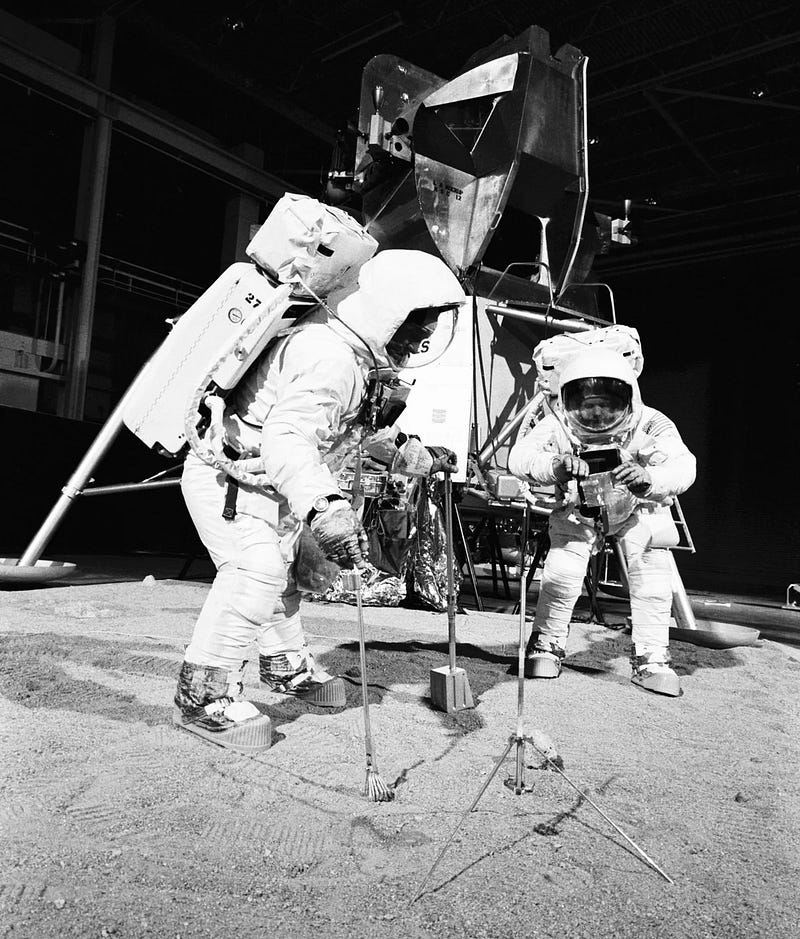
It’s essential to recognize that no space agency could successfully fake a lunar mission. Thousands of professionals and enthusiasts across the globe monitor spacecraft movements and communications; any false reports would be quickly uncovered. The fallout from being caught in such a hoax would be catastrophic for any space agency’s reputation. Major agencies like NASA, Roscosmos, ESA, CNSA, JAXA, and ISRO have consistently maintained their integrity.

Some conspiracy theorists cite certain images as proof of a staged landing. For example, they note the smooth soles of astronauts' boots. However, it’s crucial to understand that astronauts wore specialized footwear to navigate the lunar surface, leaving distinct footprints. The Apollo 11 mission, from July 16 to 20, 1969, was closely observed by countless astronomers using various telescopes, while Soviet radar monitored the spacecraft’s trajectory even in lunar orbit.
Chapter 2: Evidence Supporting the Moon Landings
The first video, "Moon Landings Faked? Filmmaker Says Not!", delves into the arguments against the conspiracy theories surrounding the Apollo missions.
Soviet scientists tracked the Apollo 11 mission closely, especially as their own Luna-15 probe attempted a landing on the Moon during the same period. Unfortunately, that probe crashed, and the Soviet Union would have been eager to discredit the American landing if there had been any evidence to do so. Instead, they congratulated NASA on the successful landing on July 20, 1969.
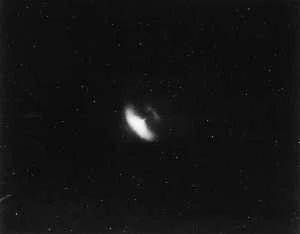
The landing sites of Apollo missions have been extensively photographed by various space agencies, and all evidence points to the authenticity of these historic events. Conspiracy theorists often dismiss these images as forgeries, but the scientific community overwhelmingly accepts them as genuine.
The second video, "Did We Really Land on the Moon?", explores the facts and evidence supporting the legitimacy of the Apollo missions.
After the Apollo 11 mission, Neil Armstrong was warmly welcomed in Moscow, a gesture that would be unlikely if there were doubts about the Moon landings. Between 1969 and 1972, twelve astronauts visited the Moon, and six even drove across its surface in the Lunar Roving Vehicle.
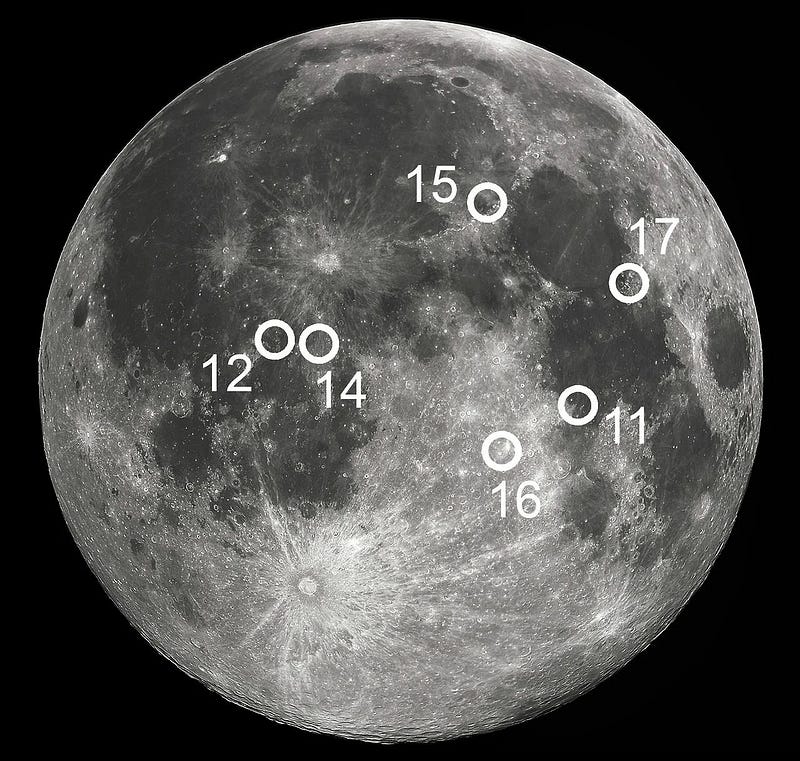
During these missions, a total of 382 kilograms of lunar rocks were brought back to Earth, which have been studied extensively by scientists worldwide. None of the research has suggested these samples could not have originated from the Moon.
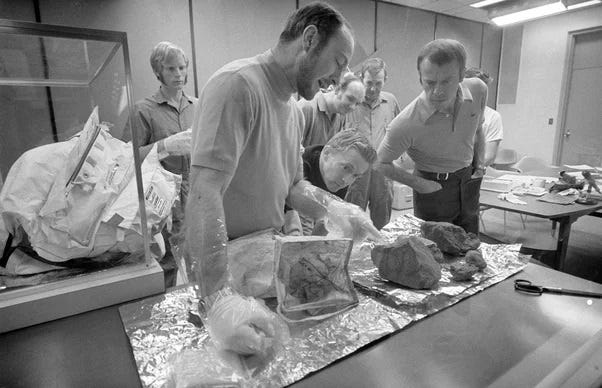
The mineralogical and chemical characteristics of these samples align with data gathered during the missions, confirming their authenticity. The scale of the Apollo program, which involved over 400,000 people, makes the idea of a successful conspiracy implausible. If such a cover-up were possible, it would require silence from countless individuals over decades.
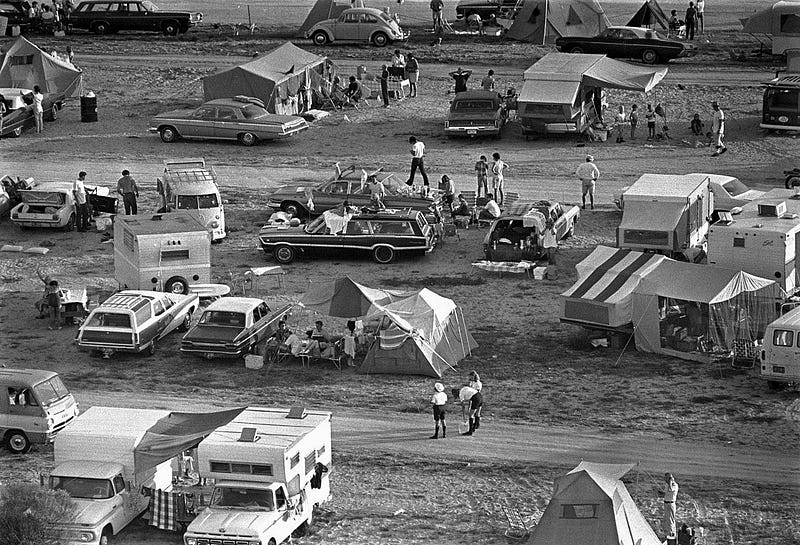
In conclusion, no credible professional in the space field doubts the reality of the Moon landings. Only individuals lacking a solid understanding of physics and space exploration entertain such conspiracy theories. If you want to see more articles about space, feel free to subscribe to our channel and submit your questions for future discussions!